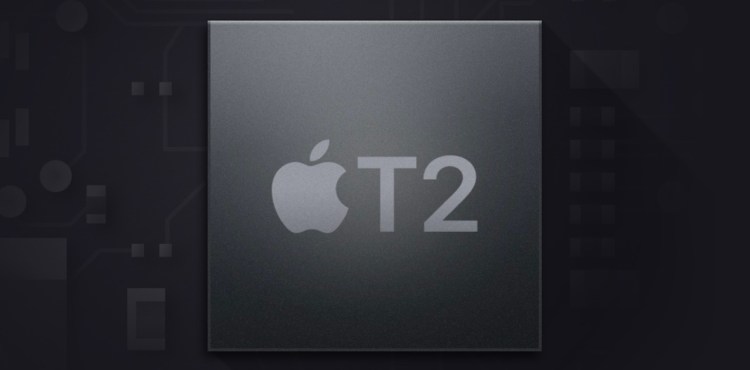Now that the 2018 MacBook Pro’s throttling issue has been addressed, Apple has another serious problem on its hands: crashes attributed to the company’s T2 processor and its “Bridge OS” software.
As first noticed by Digital Trends, users in multiple Apple Discussions threads are reporting crashes that list an obscure macOS software component named Bridge OS, which is exclusive to Macs with Apple’s T-series processors. The crashes are manifesting as “kernel panics” that happen anywhere from daily to weekly, causing Macs with T2 chips to shut down and restart.
Apple introduced the T1 processor to manage Touch Bar functionality for certain MacBook Pros. The T2 was originally introduced on the iMac Pro before coming to the MacBook Pro in 2018, adding responsibilities for security and control of multiple Mac subsystems, including storage, audio, image processing, and overall system management. In the new MacBook Pro, it also enables “Hey Siri” support, a feature that has been included in iOS devices since the 2014 iPhone 6.
Apparently, the Bridge OS crashes cease when the T2 chip’s functionality is disabled, though Apple has offered a variety of other solutions while its engineers quietly updated the Bridge OS software. In some cases, the company has blamed and replaced hardware — without fixing the issue — while in others it has suggested wiping the computer’s hard drive and beginning fresh. Other workarounds include disabling FileVault and Power Nap, features that use the T2 for storage and power management.
June 5th: The AI Audit in NYC
Join us next week in NYC to engage with top executive leaders, delving into strategies for auditing AI models to ensure fairness, optimal performance, and ethical compliance across diverse organizations. Secure your attendance for this exclusive invite-only event.
Since the T2 manages multiple Mac functions, users have cited a number of possible triggers for the issue: putting the computer in idle/sleep mode, using other T2-related power management settings, daisy-chaining accessories, using Thunderbolt 2 adapters, unlocking with the Apple Watch, using Power Nap, enabling third-party kernel extensions, and using Secure Boot.
As Bridge OS kernel panic issues have been piling up since the release of the iMac Pro — a particularly expensive, niche computer with a relatively small user base — one might assume that Apple would have resolved them before using the same chip and software in a more popular product, such as the MacBook Pro. Laptops have represented a considerably larger fraction of Mac sales than desktops for years.
But multiple threads suggest that the problems are manifesting in the new laptops as well. One user notes that his machine has crashed “at least 6 times” in two days, often when the Mac is idling. The error messages cite Bridge OS 2.4.1 as the cause, apparently running on the latest version of macOS.
While users report that Apple has been aware of the issue for months, no complete fix has arrived as of yet. Discussion threads have expressed hope that increased attention will lead to a rapid and proper resolution of the issue — a particularly reasonable request given the premium prices of the affected iMac Pro and MacBook Pro computers.

